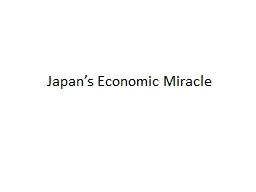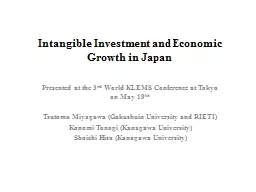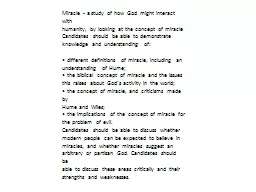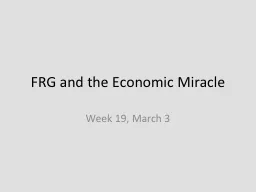PPT-Japan’s Economic Miracle
Author : natalia-silvester | Published Date : 2017-12-18
Not That Long Ago Japan Was The Economic Model For The World I finished my Undergrad in in 90s and we were still exploring the Japanese management style Which by
Presentation Embed Code
Download Presentation
Download Presentation The PPT/PDF document "Japan’s Economic Miracle" is the property of its rightful owner. Permission is granted to download and print the materials on this website for personal, non-commercial use only, and to display it on your personal computer provided you do not modify the materials and that you retain all copyright notices contained in the materials. By downloading content from our website, you accept the terms of this agreement.
Japan’s Economic Miracle: Transcript
Download Rules Of Document
"Japan’s Economic Miracle"The content belongs to its owner. You may download and print it for personal use, without modification, and keep all copyright notices. By downloading, you agree to these terms.
Related Documents














